Author: Library
-

Expanded Interlibrary Loan request options
Need a book or article, but Reed doesn’t have it? We have you covered! Starting August 4th, you’ll see expanded Interlibrary Loan (ILL) request options in the library catalog. Updated Summit and ILL request buttons will look and work the same, so you get to focus on finding the resources you want, instead of which…
-

New digital collections software selected
The library and IT have selected a new platform to host Reed’s digital collections. We will move to TIND, a platform for institutional repository materials, digital archives content, and visual resources assets. Reed Digital Collections (RDC) supports teaching and learning at Reed College by providing access to high-quality free and licensed images, used often in…
-
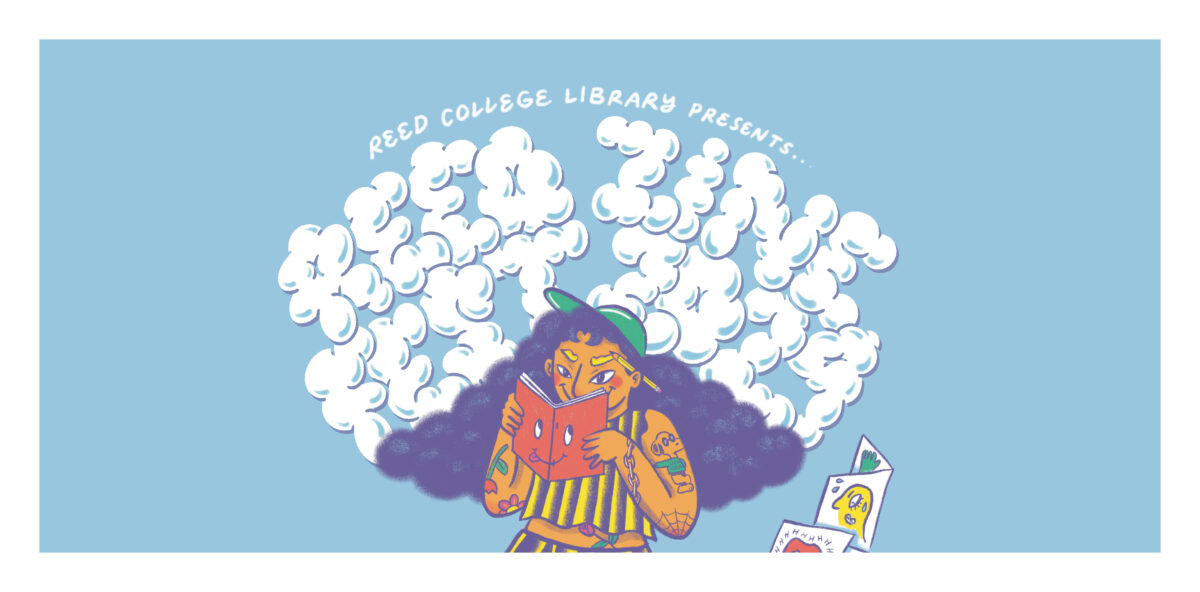
Zine & Arts Programs
Check out the zine and arts programs that lead up to the final event in 2024, the Reed Zine Fest! ANNOUNCEMENTS 📌 Masks are required for Reed Zine Fest. We are offering KN95 masks and a limited number of tests to attendees at the Zine Fest welcome desk.👉 Follow @reedzinelibrary for updates! 🎨 Reed Zine…
-

Climate, Environment, Justice: cultivating action & resilience on Earth Day and beyond
New book display now available in the Library! Come find books centered on themes of climate justice, environmental justice, and activism. The climate crisis stems from a lineage of colonization and is intertwined with the exploitation and harm enacted on indigenous communities and communities of color, both within the boundaries of present-day United States and…
-
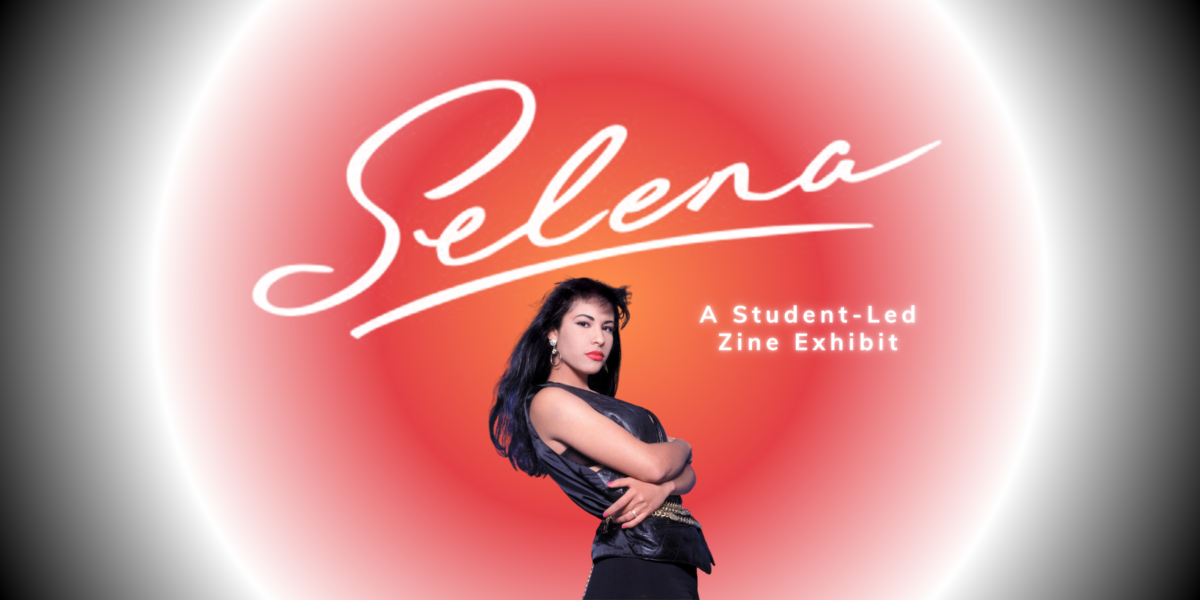
Selena, Queen of Tejano: A Student-Led Zine Exhibit
Thursday April 20th 3-4:30pmReed Zine LibraryFood & Music Come explore in this student-led zine exhibit, how the Cumbia and Tejana musician Selena influenced Tejano music and the broader Chicano culture. In this exhibit, you will find zines, books, magazines, and records all pertaining to Latin identities and struggles by Latin creators! The overall mission of…
-

Library catalog updates & your saved searches
We’ve made some updates to the library catalog! On May 23rd, Reed Library updated our catalog software. The updated version is much easier for us to manage and maintain, allows us to add content faster, and gives us more options to meet your needs. It also isn’t all that different! Most features will work the…
-
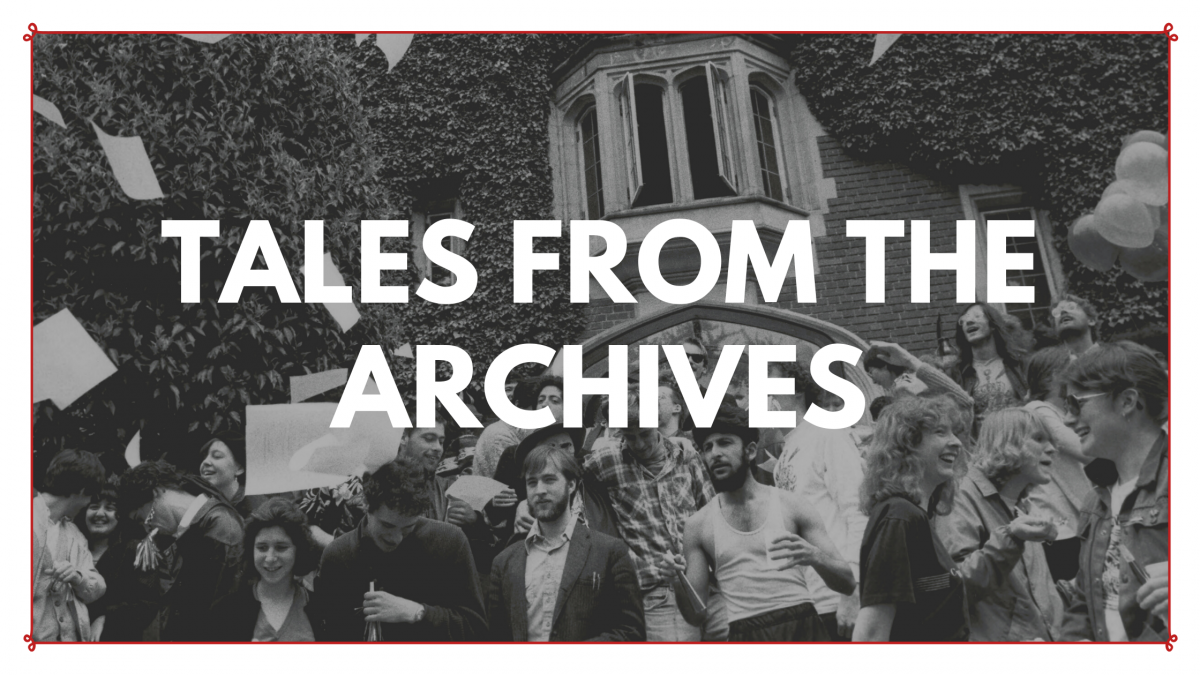
Tales from the Archive: The Big Debate: Graffiti at Reed, 1980-2021
Graffiti at Reed has been a contentious debate for the past four decades amongst both students and faculty. Some have viewed it as a valuable expression of free speech and student autonomy. Others have considered its presence a nuisance, one that degrades the college’s quality and reputation. Most of Reed’s graffiti has taken on a…
-
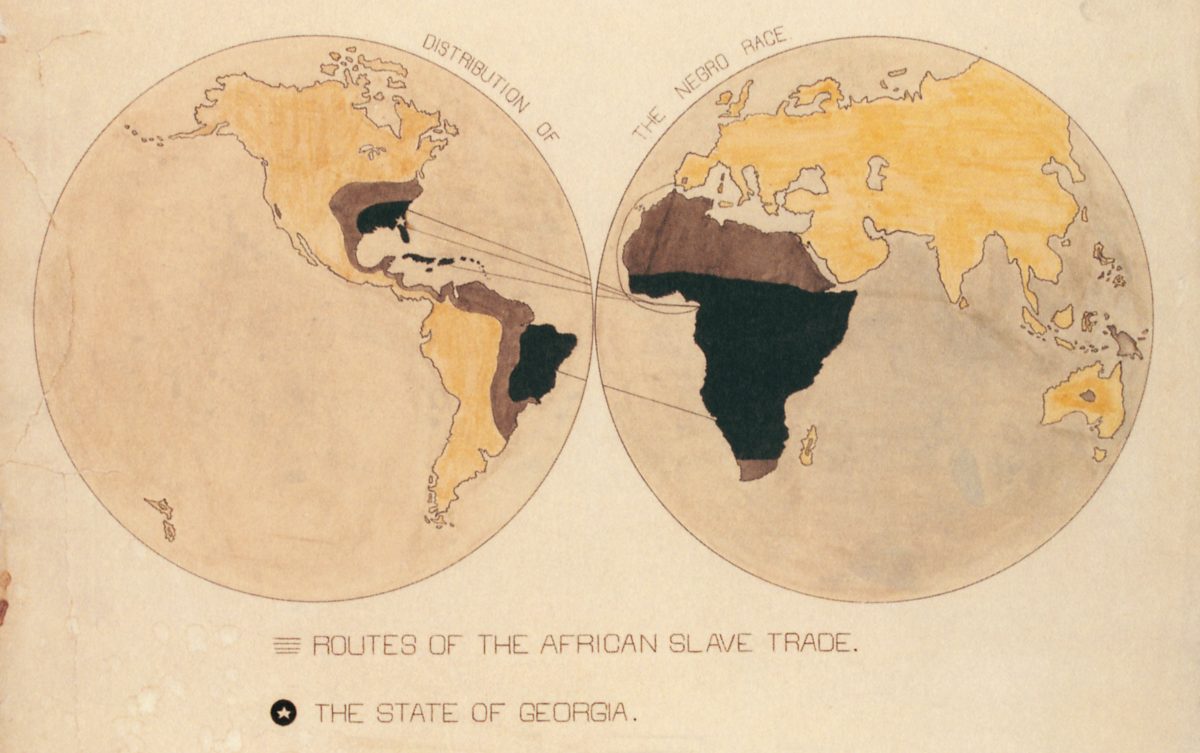
Book exhibit: Counternarratives: Critical Race Theory in Context
Counternarratives: Critical Race Theory in Context is a new book display that seeks to expand, contextualize, and nuance the conversations about theories of race and racialization in academia and contemporary debate. Unlike what liberal and conservative media would like you to believe, Critical Race Theory is NOT a catch-all term for anything written by or…
-

Tales from the Archive: Divestment and the Occupation of Eliot Hall
In a recent email to the campus community, President Audrey Bilger and Chairman of the Board of Trustees Roger Perlmutter declared that Reed would “prohibit any new investments in public funds or private partnerships that are focused on the oil, gas, and coal industries, including infrastructure and field services… [and] phase out all such existing…
-
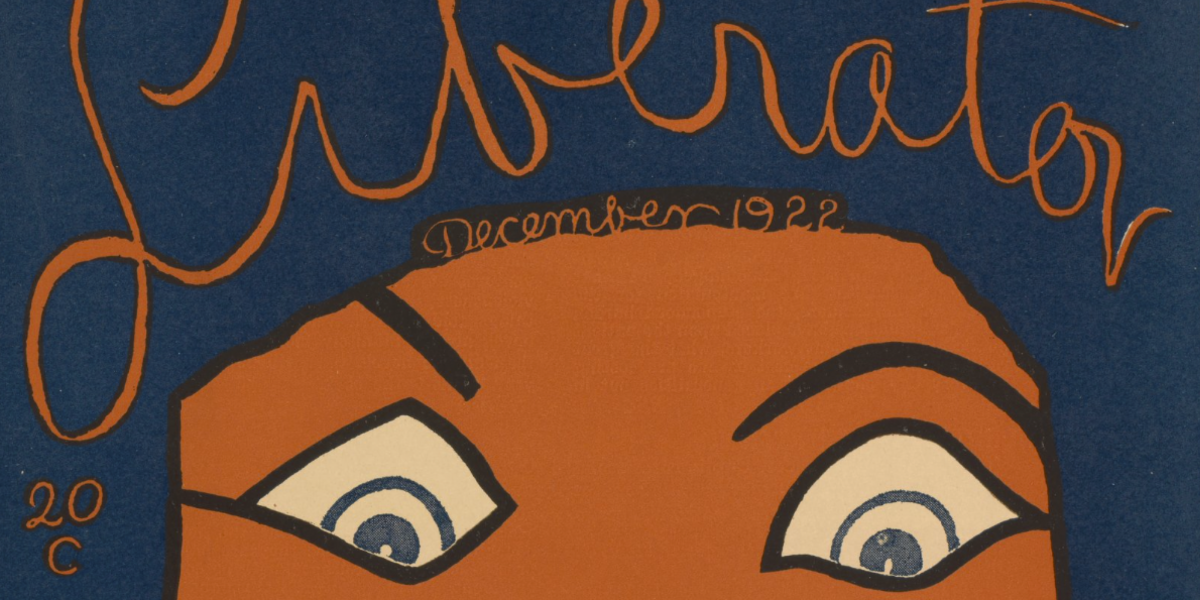
Exhibit: Race, Politics, and Women’s Rights: Visions of a New United States
Many have already heard of The Liberator, the 19th-century abolitionist newspaper created by William Lloyd Garrison. However, a new magazine under the same name emerged in the twentieth century. First published in the spring of 1918, the twentieth century Liberator continued the fight for equality: it focused on worker’s rights, women’s rights, and promoted socialism…
